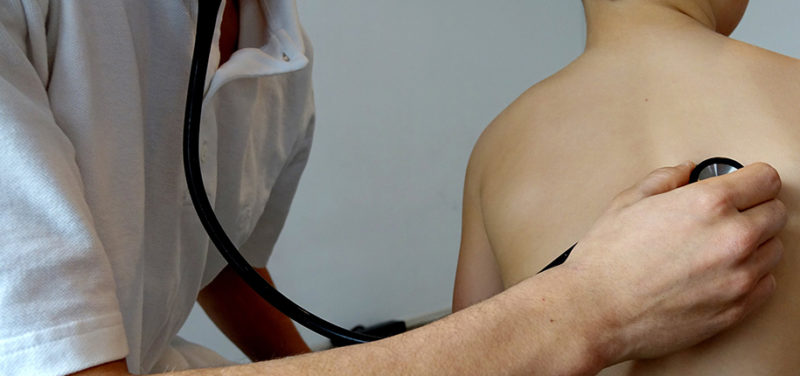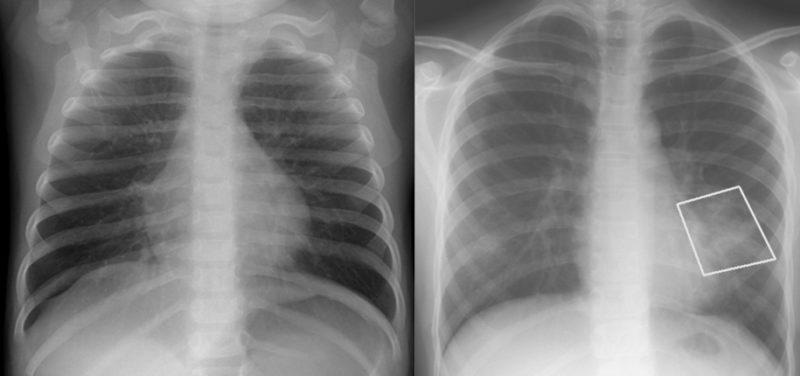
Every winter, something in particular happens in doctors’ offices and hospitals across the northern United States, but it doesn’t always make the most sense. It goes a little like this: “My doctor did a chest x-ray and told me my child does not have pneumonia. Instead, he/she told us he probably has bronchiolitis. If there was no pneumonia, then why did the doctor order the chest x-ray?”
First, let’s discuss why the chest x-ray was ordered. Your doctor probably wanted to make sure your child didn’t have a bacterial pneumonia, which can be treated with antibiotics. The issue with antibiotics is they only help fight bacterial infections and do not do anything to combat viral infections. There are signs and symptoms that may have indicated a bacterial infection, like pneumonia, and by doing the chest x-ray, the doctor can be reassured there is not a pneumonia. If a pneumonia is not seen on the chest x-ray by the radiologist, the doctor will then treat the symptoms of the virus (rather than the bacteria). Treatment would not use antibiotics because, once again, they do not help with virus symptoms.
 Image: (left) A 19-month-old with over-inflated lungs compatible with bronchiolitis or other viral respiratory tract infection affecting the small airways vs (right) a 13-year-old with normal inflated lungs and opacity obscuring the left heart border indicating a bacterial pneumonia.
Image: (left) A 19-month-old with over-inflated lungs compatible with bronchiolitis or other viral respiratory tract infection affecting the small airways vs (right) a 13-year-old with normal inflated lungs and opacity obscuring the left heart border indicating a bacterial pneumonia.
Second, let’s discuss bronchiolitis. Bronchiolitis is an infection of the lungs caused by a virus in the fall and winter months (October to March). Several different viruses can cause the same symptoms, but respiratory syncytial virus (RSV) is the most common. Infants and young children are likely to be more symptomatic than older children and adults.
Often bronchiolitis starts like a cold with a runny nose, mild cough and fever, but gets worse over a course of a few days. The cough gets worse and breathing gets faster. Your child may begin to make a high-pitched whistling sound known as a wheeze or grunting with breathing. Lips and fingertips may have a bluish tint and a child may have trouble feeding. These are all signs you should be seen by a doctor.
Bronchiolitis, colds and pneumonias can be prevented by good hand washing as well as staying away from sick individuals or large crowds in enclosed small spaces. Please take those few extra steps to keep you and your child healthy and free of respiratory issues this winter.
Contributed by Dr. Robert Fleck and edited by Tony Dandino, RT(MR).
